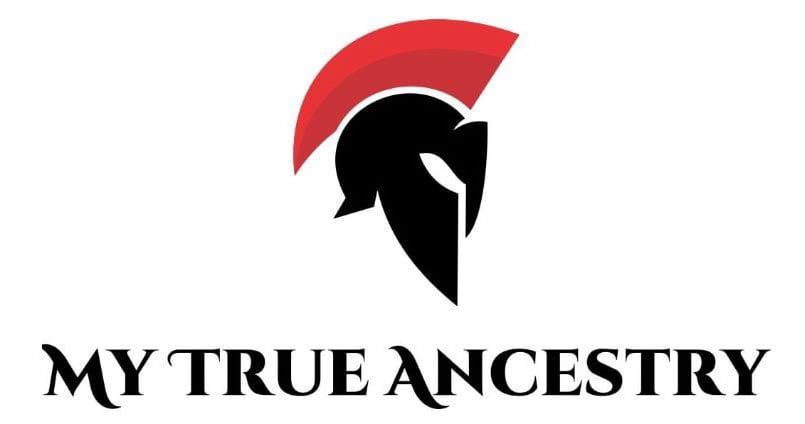The Tale of Thorin: A Neanderthal Discovery at Grotte Mandrin




In the vein of embroidery and intricacy, this narrative echoes the labyrinthine enigma of late Neanderthal populations and the resplendently complex revelations that their genomes are offering modern science. Much like discovering a hidden room in a grand historical building, these findings illuminate the depths of Neanderthal history in stark detail, suggesting isolated populations just before their mysterious demise.
Deep in the heart of Mediterranean France, near the Rhône River Valley, lies Grotte Mandrin, a treasure trove of archaeological wonders. It was here, amongst the ancient sands and silts, that a remarkable figure named "Thorin" emerged from the shadows of prehistory. Thorin, a late Neanderthal, offers us an unparalleled glimpse into the world of our closest extinct relatives.
For centuries, history has been told through artifacts and chronicles. Now, DNA gives us a different kind of evidence — one that speaks from within. Learn how your genetic story connects to the ancient world at MyTrueAncestry.com.
Thorin's remains were uncovered in 2015, residing comfortably within the sedimentary layers of Grotte Mandrin. He is represented by fragments of his mandible and an impressive collection of 31 teeth, each embedded with stories of a bygone era. Notably, Thorin sported rare supernumerary molars, a feature scarcely seen in both ancient and modern humans. This anomaly peers into the genetic intricacies that defined Neanderthal life.
Within his jaws, these extra molars provide a fascinating window into the rare dental anomalies not often seen in Pleistocene Homo species. These supernumerary molars don't just quirk his smile—they symbolize a kind of genetic signature of isolation. The dental relics, with their distinctive Neanderthal traits such as shovel-shaped incisors, unveil a person who lived a tough life, evidenced by notable dental wear and stress indicators.
Grotte Mandrin documents a vivid history, spanning from Marine Isotope Stage 5 to 3. Archaeologists divided the upper layers, where Thorin was found, into five cultural phases. Thorin belonged to the Post-Neronian II phase, which showcases distinct cultural and technical traditions that diverged from neighboring regions, revealing a tapestry of social complexities.
This distinctive rock shelter encapsulates a rich tapestry of history, showcasing the intriguing interplay of Neanderthal and early modern human occupancy around 54,000 years ago. The site has been meticulously preserved through rapid deposition processes, with 12 main sedimentary layers resulting in an unparalleled archaeological context. The stratigraphic layers capture a complex period of history, with four Mousterian levels demonstrating the resilience and adaptability of these late European Neanderthal communities before their eventual disappearance.
The genetic tapestry unveiled by Thorin's remains paints a picture of isolation. Despite residing geographically close to other Neanderthal populations, Thorin's lineage showed no genetic intermingling. His DNA lays bare a story of deep divergence from other late Neanderthals, whispering the secrets of isolated communities weathering the challenges of their epoch.
Thorin's DNA paints a picture of a Neanderthal population that was genetically isolated from its European neighbors—an unexpected family saga among late Neanderthals. This lone lineage from the Rhône had no genetic mixing with the neighboring Neanderthals for nearly 50,000 years. Even in the vibrant mosaic of the Pleistocene world, Thorin remained a testament to quiet endurance amidst eventual extinction.
Radiocarbon dating, through sampling bone collagen and hydroxyproline extraction, provided precise timelines: a neat calendar showing Thorin lived some 51,300-48,900 years ago. Yet, mysteries abound; the whole genome sequence of Thorin, meticulously reconstructed from his molar, whispered tales of deeper ancestry, hinting at genetic isolation that stood stern despite the ebb and flow of populations around him.
Technologically, the site presents evidence of highly specialized tool-making skills, particularly within the distinct Post-Neronian II phase. This level showcases a departure from traditional Neanderthal toolkits, hinting at a unique cultural identity within the Rhône Valley's Neanderthal population. The advanced tools accompanying his remains reflect the cultural uniqueness that ran parallel to his genetic distinctiveness.
The burial of cultural and technical artifacts alongside his remains suggest complex social systems. The Neanderthal tribes pioneering through the mighty Rhône Valley displayed a diversified, perhaps stubborn, resistance to share their cultural uniqueness, forging their territory with each spearhead and pot shard.
https://www.cell.com/cell-genomics/fulltext/S2666-979X(24)00177-0
Discover how your DNA connects to ancient civilizations at www.mytrueancestry.com.
Comments